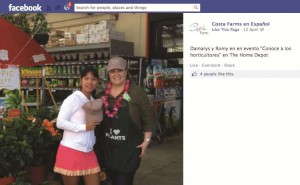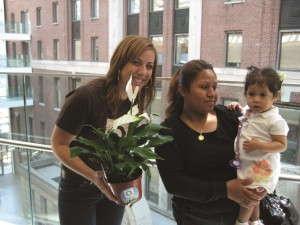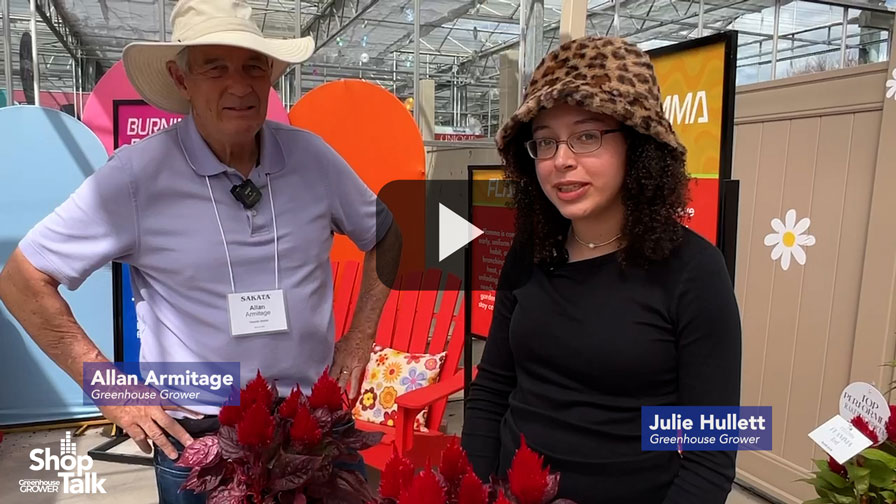Costa Farms’ Spanish Language Marketing Efforts Opens New Consumer Segments

The Costa Farms en Espanol Facebook page features content that speaks to the Hispanic consumer.
The Spanish language has long been common in the greenhouse. But as the Hispanic population grows in the U.S., it’s becoming an important language in marketing greenhouse crops, as well.
Costa Farms has dramatically increased its marketing focus on the Hispanic customer over the last two years, and even launched a Spanish-language Facebook page early in 2013.
“The multicultural existence is the new norm we’re living in and it’s something no company can overlook now,” says Costa’s Marketing Director Marta Maria Garcia. “The Hispanic market is really driven by consumer goods. There is a loyalty to brands. Just being present at the stores and having a bilingual presence is going to give you an advantage.”
Costa’s Spanish-language marketing efforts take a page from the company’s overall goals, Garcia says.
“We want to engage and inspire this group. Their appetite for education is the same as the general market consumer. We want to generate content that will educate them on our product lines. We want to inspire them to go out to the store and mimic that look we’re posting as an idea to do in your garden or decorate with plants in your home.”

Costa Farms engages its Hispanic customers by understanding their culture.
The company’s new Spanish Facebook page is not simply a translation of the English version. Content is focused specifically for the Hispanic consumer.
“We set out to find some Spanish-speaking garden personalities. We discovered Andrés Fortuño here in Miami Beach. He is a really high-energy, passionate plant guy from Puerto Rico and does the gardening page for About.com en Español. He opened up our Facebook page and he’s been manning it ever since,” Garcia says.
Even the choice of Facebook over other social media platforms was well researched.
“We knew Facebook over-indexed for the Hispanic consumer over the general market in terms of activity. Facebook is a way to keep in touch with people back home,” she says.
Understand Subtle Differences
Multicultural marketing can be tricky, but it’s doable, Garcia says.
“Like with everything, it’s knowing your target consumer and having a lot of consumer insight. We spend a lot of time on that.”
The complexity goes beyond the language barrier. There are a number of differences between the Hispanic subgroups that might not be readily apparent.
“Caribbean Hispanics are different than Central Americans,” Garcia says. “For instance, we have to know what a Golden Pothos might be called in the different subcultures. Common names differ in English. It’s the same for different Hispanic communities.”
Other intricacies include holidays. For example, here in the U.S., Mother’s Day is celebrated the second Sunday of May. In Central America and much of South America, Mother’s Day is May 10. Knowing these subtle differences makes an impact.
“Hispanic customers appreciate when a brand or a retailer recognizes the holidays that are important to them on the dates they’re supposed to be celebrated,” Garcia says. “This is a loyal consumer group and you can win them over quickly. They’re just looking for something that will remind them of home. Plants are part of their lives. Paying attention to those little details is important. It can translate to a lot of sales.”









